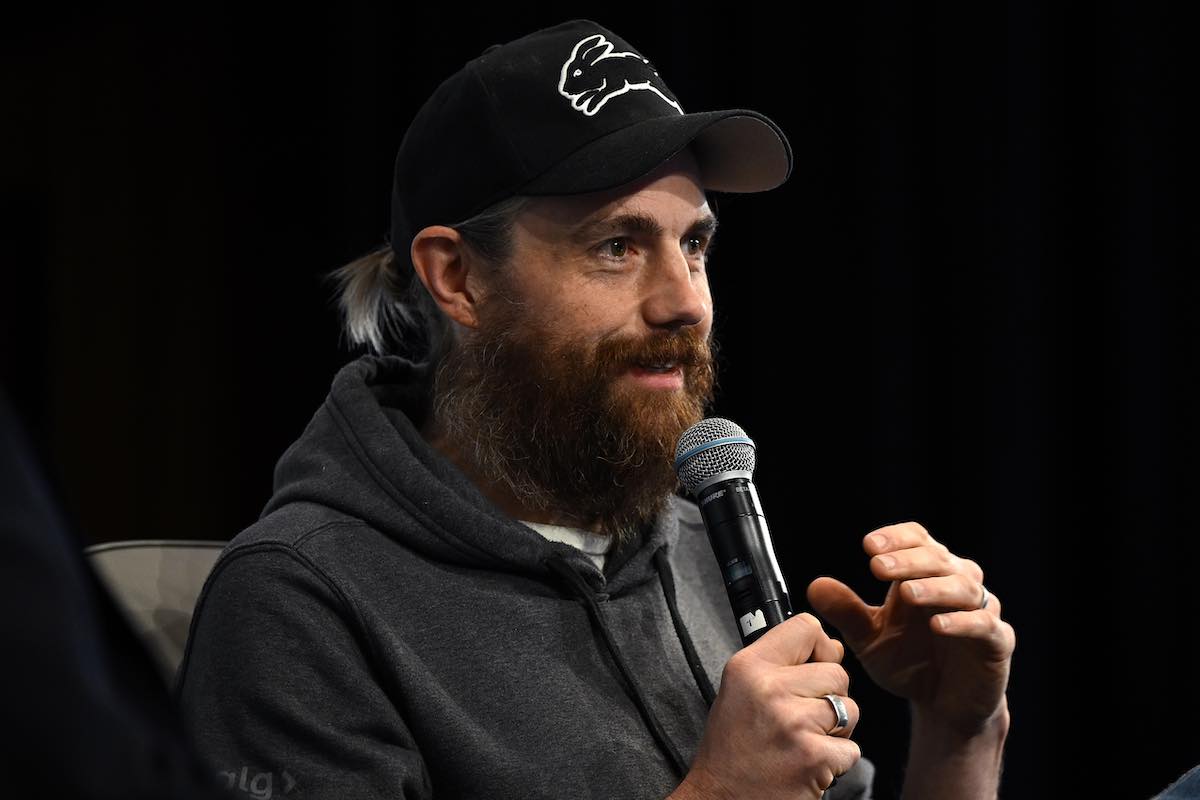Software billionaire Mike Cannon-Brookes has called on AGL – the country biggest coal generator and climate polluter – to move a lot faster in its transition to green energy, and to put some real bite in emission targets linked to executive bonuses.
In a letter to AGL published on the Keeping it Together Australia website supported by his private investment company Grok Ventures, Cannon-Brookes says AGL is moving too slow, remains locked in “old thinking” and is a spectator rather than a doer.
“We believe AGL needs to take more urgent action to decarbonise its energy supply. Being an early mover will cement AGL’s competitive position in Australia’s energy market over the coming decades,” says the letter, authored by Grok CEO Jeremy Kwong-Law.
“To realise this opportunity, AGL needs to move faster and set more ambitious targets.”
Grok is particularly critical of the executive bonuses which it says allows the company to “stand still” while the rest of Australian energy market does the work.
“Executives will be rewarded, whilst AGL, its customers and shareholders, are left behind by inaction,” Grok says. “This unambitious attitude reminds us of the ‘old AGL’ thinking – which was orientated towards watching the transition from the sidelines, instead of leading from the front.”
The intervention, ahead of AGL’s annual general meeting on Tuesday, is particularly timely given the bitter contest over the future of AGL rival Origin Energy, where Canadian funds management Brookfield’s ambitions could be stymied by Australia’s biggest super fund, Australian Super.
Brookfield has promised to spend up to $30 billion investing in more than 14 gigawatts of new wind, solar and storage over the next 10 years to accelerate the green energy transition. AusSuper, criticised for its support of oil and gas companies such as Woodside, is seeking to block its way.
None of Australia’s big utilities has invested anything near enough to replace the capacity of coal and gas fired generators that they have already retired, or intend to retire in the coming decade.
AGL closed the ageing Liddell coal generator in April this year, but is unlikely to close the next one, Bayswater, for another decade, with Loy Yang currently scheduled to stay open until 2035.
Cannon-Brookes has tried to force the hand of AGL, initially in concert with Brookfield, in a failed attempt to take control and accelerate its investment in wind and solar. It managed to frustrate a planned split of AGL and Grok remains its biggest shareholder with an 11.7 per cent stake, but does not have control of the board.
Grok’s frustrations with the board and its executive bonus scheme reflects growing disgust at the actions of major investors, including AusSuper, big oil, and legacy utilities in cashing in on high prices and rewarding shareholders with bigger dividends, rather than investing in the switch to green energy.
Grok says its AGL’s emission Intensity Goal, including in the long term incentives for senior executives, requires a partly one per cent reduction in emissions of the electricity supply per year over the next four years.
It says this means AGL will have carbon intensity of supply that is more than 90% higher than the market forecast by AEMO in 2027 in its Step Change Scenario.
It says the goal for new generation and firming capacity is also inadequate.
“As AGL decommissions coal plants, it must drive new renewable generation capacity and firming capacity,” Grok says..
“We encourage AGL to separate this metric out into firming and generation. Furthermore, hitting 100% of this target represents only 10% of AEMO ISP’s (Step Change Scenario) target of new renewables and firming by 2027 which is about half of AGL’s electricity supply market share.”
It also says the executive targets for green energy revenue, as a percentage of total revenue, require only a three per cent lift over the next four years. “This is akin to tracking CPI, achieving no real growth,” it says.
AGL chair Patricia McKenzie later defended the company’s transition targets – which amount to 12 GW of new wind, solar and storage by 2036, although she pointed to challenges such as delays in approvals, cost pressures and some local opposition to new generation and transmission projects.
“From our perspective, we will continue to work with customers, communities, industry and government to advocate for the coordinated decarbonisation of Australia’s electricity sector in a way that balances energy reliability and affordability,” she said.
CEO Damien Nicks said the company’s 50MW, one hour battery at Broken Hill should be operating soon, and a final investment decision on a potential 500 MW, four hour battery at the site of Liddell should be made by the end of the year.
He also noted that AGL has 1.1 GW of “reported decentralised assets” under orchestration, including our contracts with the Portland and Tomago Aluminium smelters, which have demand response mechanisms that provide flexibility to manage market demand. It pans to lift this figure to 1.6 GW within four years.










